On a chilly morning, a meteorite shatters the silence of an empty field, scattering fragments older than Earth itself. But inside those meteorite shards lies something even more astonishing—grains of stardust that predate our Sun, our planet, and even the solar system. These tiny celestial specks have journeyed across billions of years and countless light-years to land, quite literally, at our feet. Imagine holding a pinch of dust in your palm that once floated through the cosmos before dinosaurs, before mountains, before any human dream. That single idea—ancient stardust hidden in meteorites—has upended what we thought we knew about the universe’s timeline, rewriting cosmic history with every new discovery.
Stardust: Older Than Our Sun
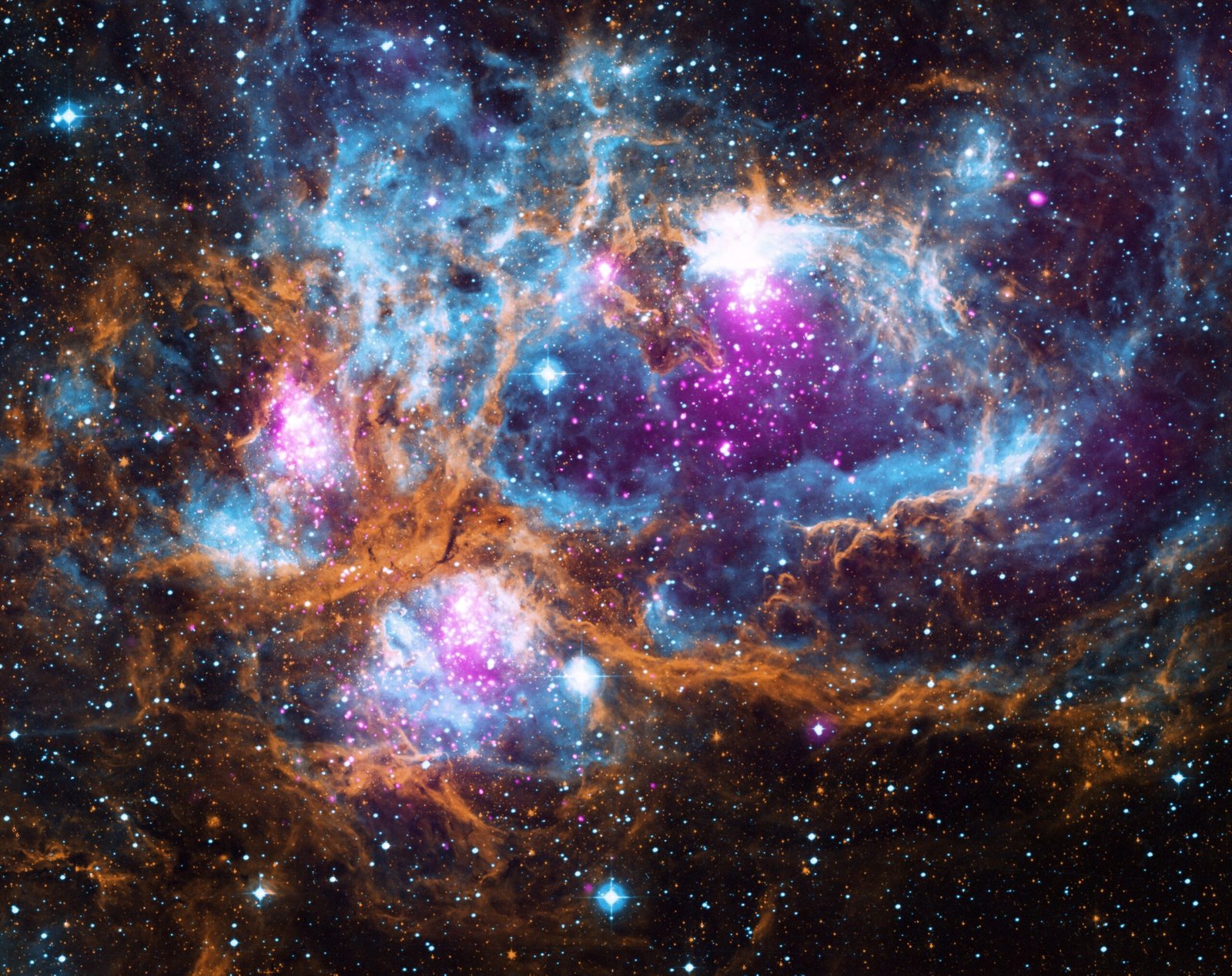
It might sound like science fiction, but the grains of stardust found in meteorites are truly older than the Sun. Scientists have identified these grains by their unique isotopic signatures, which don’t match anything created within our solar system. When we realize that these tiny particles formed in dying stars billions of years ago, we’re forced to rethink the age and history of the matter that makes up our world. Each grain is like a time capsule, whispering secrets from a universe that existed long before Earth’s birth. Holding such a grain is as close as we may ever get to touching the ancient past. The reality is, the atoms in these grains are some of the oldest in the entire galaxy. This stardust is physical proof that our solar system was seeded with material from long-gone stars.
The Meteorite Messengers

Meteorites act as special delivery vehicles, bringing stardust from the depths of space to our planet. When asteroids or comets collide in the early solar system, fragments break off and travel for eons before falling to Earth. These meteorites land in deserts, ice fields, or even someone’s backyard, carrying with them cosmic relics. The reason meteorites are so valuable to science is that they’ve been largely untouched since they formed. Unlike rocks on Earth, they haven’t been weathered by wind, water, or tectonic forces. By examining meteorites, scientists can study the unaltered ingredients that built our solar system. Each fragment offers a direct link to the earliest days of everything we know.
How Scientists Spot Stardust in Rocks
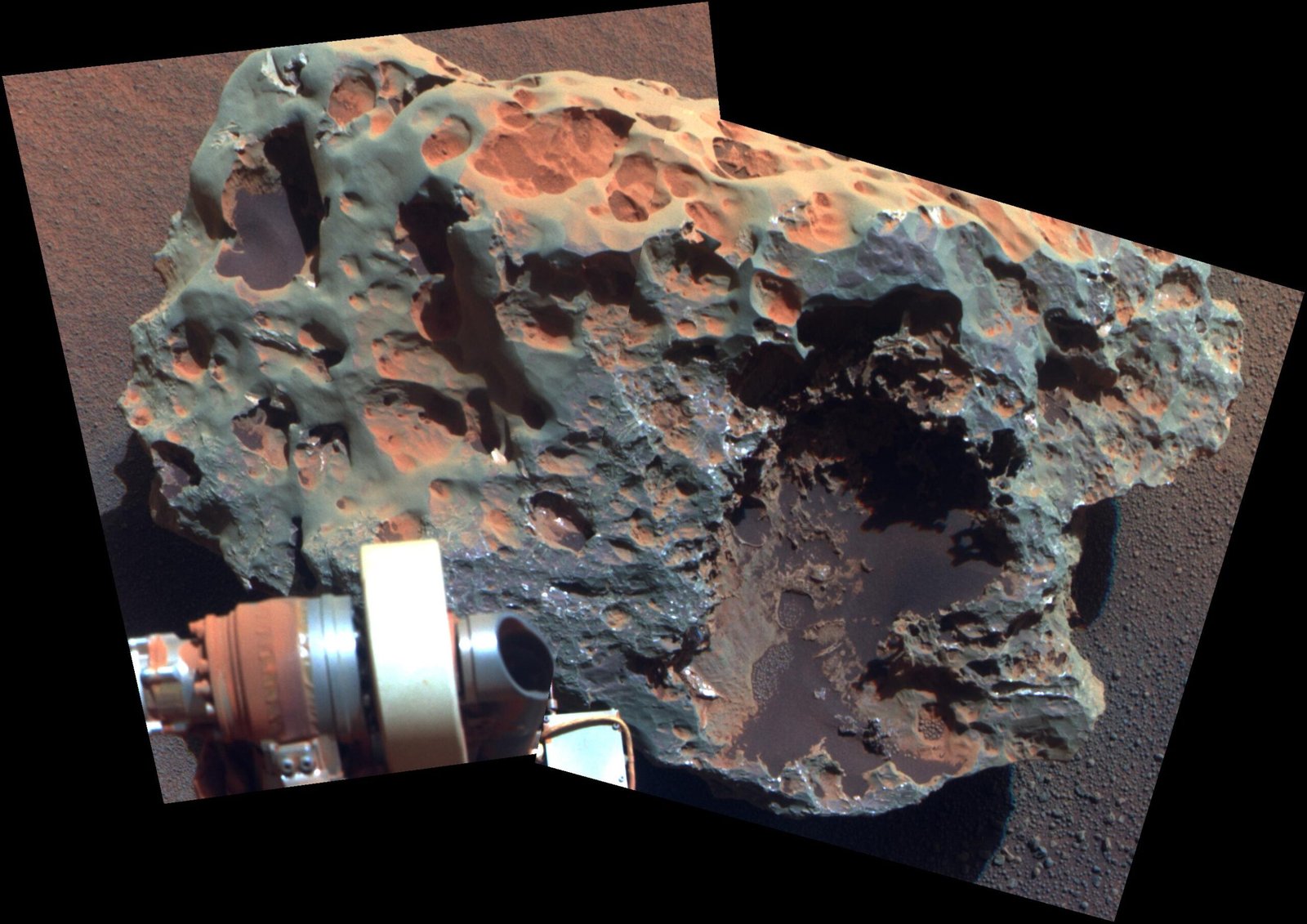
Finding ancient stardust in meteorites is no easy feat. Imagine looking for a single grain of sand on a vast beach—now make that beach a chunk of space rock. Scientists use sophisticated techniques such as mass spectrometry to analyze the isotopic ratios of elements within meteorites. These ratios act like fingerprints, helping researchers distinguish between stardust and material formed in the solar system. The process is painstaking, often requiring researchers to dissolve meteorite samples in acid and sift through the residue under powerful microscopes. When a grain is identified, it’s celebrated as a monumental discovery. Each new find adds another piece to the puzzle of our cosmic origins.
The Stardust Formation Story
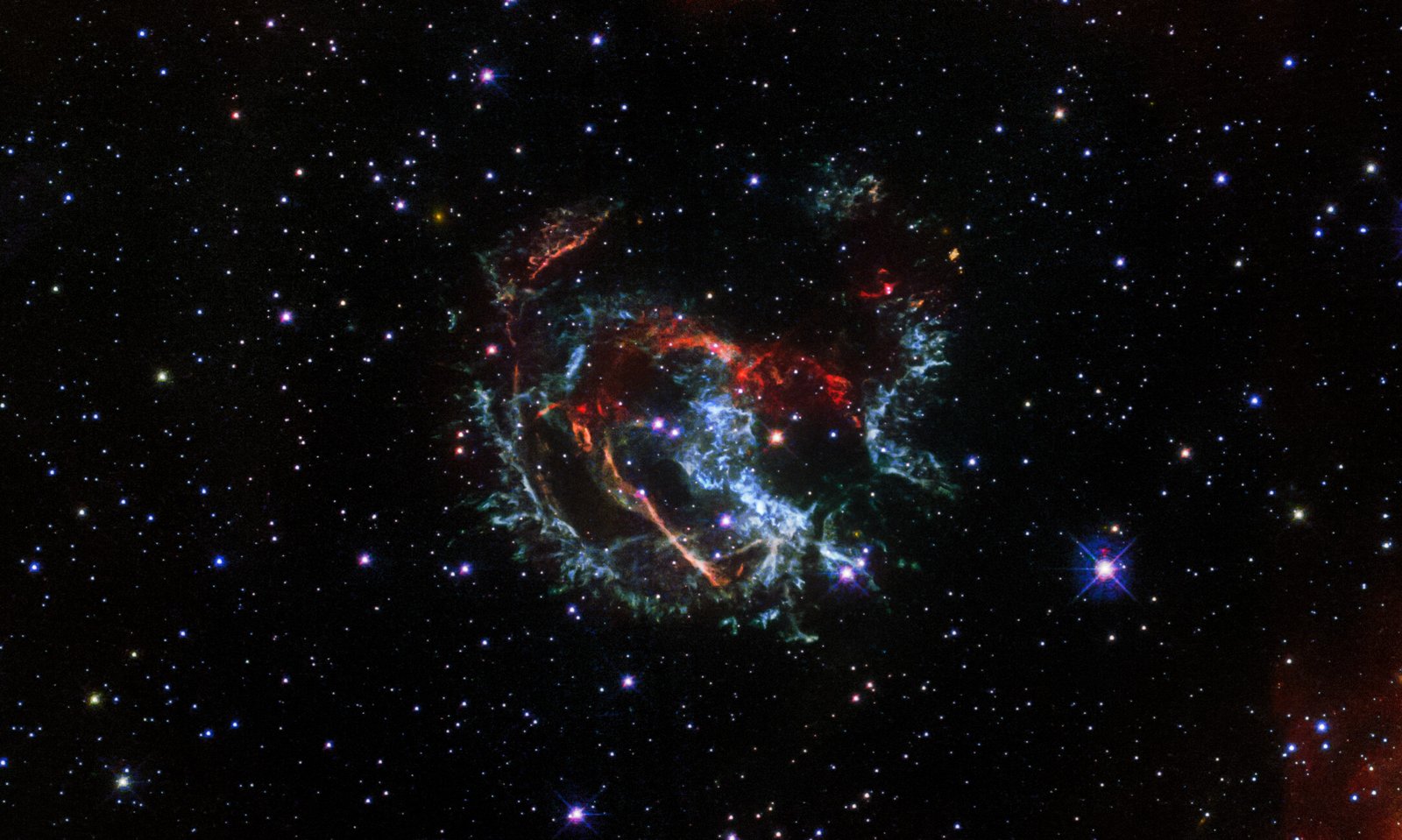
So where does this ancient stardust actually come from? Most of it forms in the outer layers of stars during their final, explosive phases of life. When massive stars run out of fuel, they swell into red giants or explode as supernovae, blasting their outer layers into space. Within these fiery clouds, new mineral grains condense and float away, destined to wander the galaxy. It’s a dramatic story of birth, death, and rebirth: the remains of one star become the seeds for another. This cycle of creation and destruction is the heartbeat of the cosmos. Each atom in stardust is a survivor of stellar cataclysms, carrying evidence of events long past.
Decoding the Isotopic Time Capsules
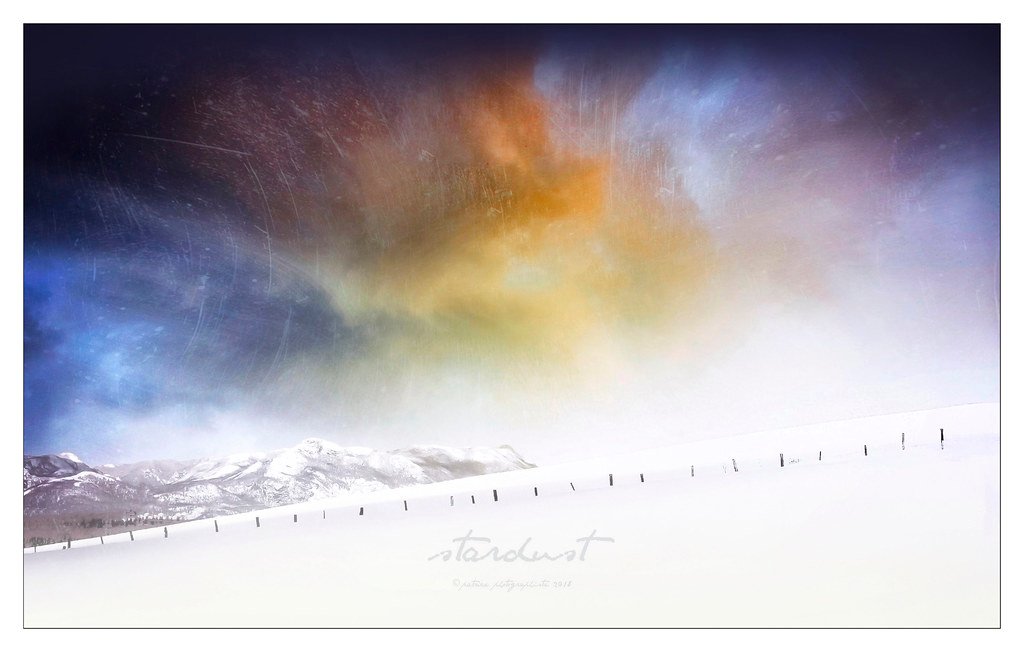
The true magic of stardust lies in its isotopes. Isotopes are versions of elements with different numbers of neutrons, and their ratios tell scientists where and when the grains formed. For example, certain types of silicon or carbon isotopes can only be created in specific stellar environments. By carefully measuring these isotopes, researchers can trace the grains to their parent stars—sometimes even identifying the type of star or the kind of supernova that produced them. It’s like reading the return address on a cosmic postcard. These isotopic clues allow us to reconstruct the universe’s timeline, revealing when different types of stars lived and died.
Shifting the Age of the Solar System
Before the discovery of presolar stardust in meteorites, scientists believed the solar system’s birth marked the starting line for all local material. But now, we know that our solar system was assembled from a patchwork of much older cosmic debris. Some stardust grains are more than 7 billion years old—twice as old as the Sun itself. This realization forces us to see our solar system not as a singular event, but as the latest chapter in a much longer story. The atoms on Earth, and even in our bodies, have been recycled through countless generations of stars. It’s a humbling thought that what we consider ancient is, in cosmic terms, just another layer.
A Glimpse Into Galactic Evolution
The journey of stardust doesn’t just inform us about our own solar system—it opens a window into the evolution of the entire galaxy. By studying the distribution and variety of stardust in meteorites, scientists can map out how elements have moved and changed over time. For instance, the presence of certain isotopes tells us when and where massive star explosions enriched the galaxy with heavy elements. Stardust grains act as breadcrumbs, marking the paths of galactic winds, stellar migrations, and the grand recycling process that shapes everything. Each meteorite that lands on Earth carries a new clue about how our galaxy has changed and grown through the ages.
The Role of Supernovae and Red Giants
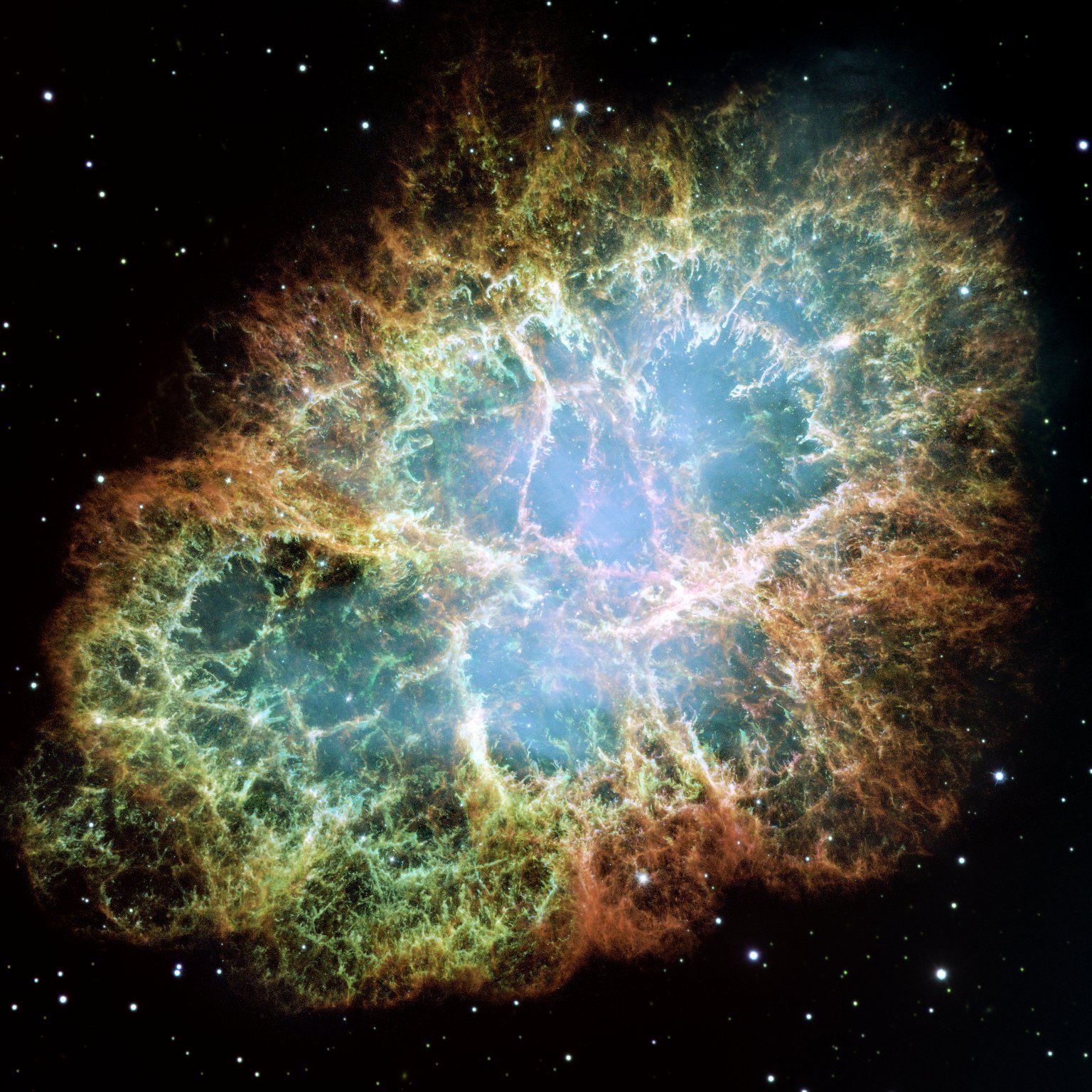
Supernovae and red giants are the cosmic factories that manufacture most of the stardust found in meteorites. When a star explodes as a supernova, it creates intense heat and pressure, forging new elements and scattering them far and wide. Red giants, on the other hand, shed their outer layers more gently, releasing dust grains rich in carbon, oxygen, and other key elements. Each type of star leaves a unique signature in the stardust it produces. Scientists can tell, for example, if a grain came from a supernova by its abundance of certain isotopes, like titanium-44. Understanding these processes helps us trace the origins of the matter that made our solar system—and ourselves.
The Surprising Diversity of Stardust Grains
Not all stardust is created equal. The grains found in meteorites vary in size, composition, and origin, reflecting the diverse environments where they formed. Some are tiny diamonds, others are silicates, carbides, or oxides. Each type of grain tells a different part of the story. For example, silicon carbide grains often come from carbon-rich red giants, while certain oxides are linked to supernovae. The sheer variety of stardust in meteorites reveals just how many different stars contributed to the material that would eventually become the solar system. It’s a cosmic mosaic, pieced together from the remnants of long-lost suns.
What Stardust Teaches Us About Element Formation

Stardust grains are like textbooks on nuclear physics, packed with information about how elements are formed in stars. By studying the ratios of different isotopes, scientists can test theories about stellar nucleosynthesis—the process by which stars build heavier elements from lighter ones. For example, the presence of certain neon or magnesium isotopes in stardust confirms predictions about how these elements are forged in supernovae. This feedback loop between observation and theory helps refine our understanding of the universe’s most fundamental processes. Stardust provides the tangible evidence needed to test and improve our models of element formation.
Cosmic Recycling: The Circle of Stardust
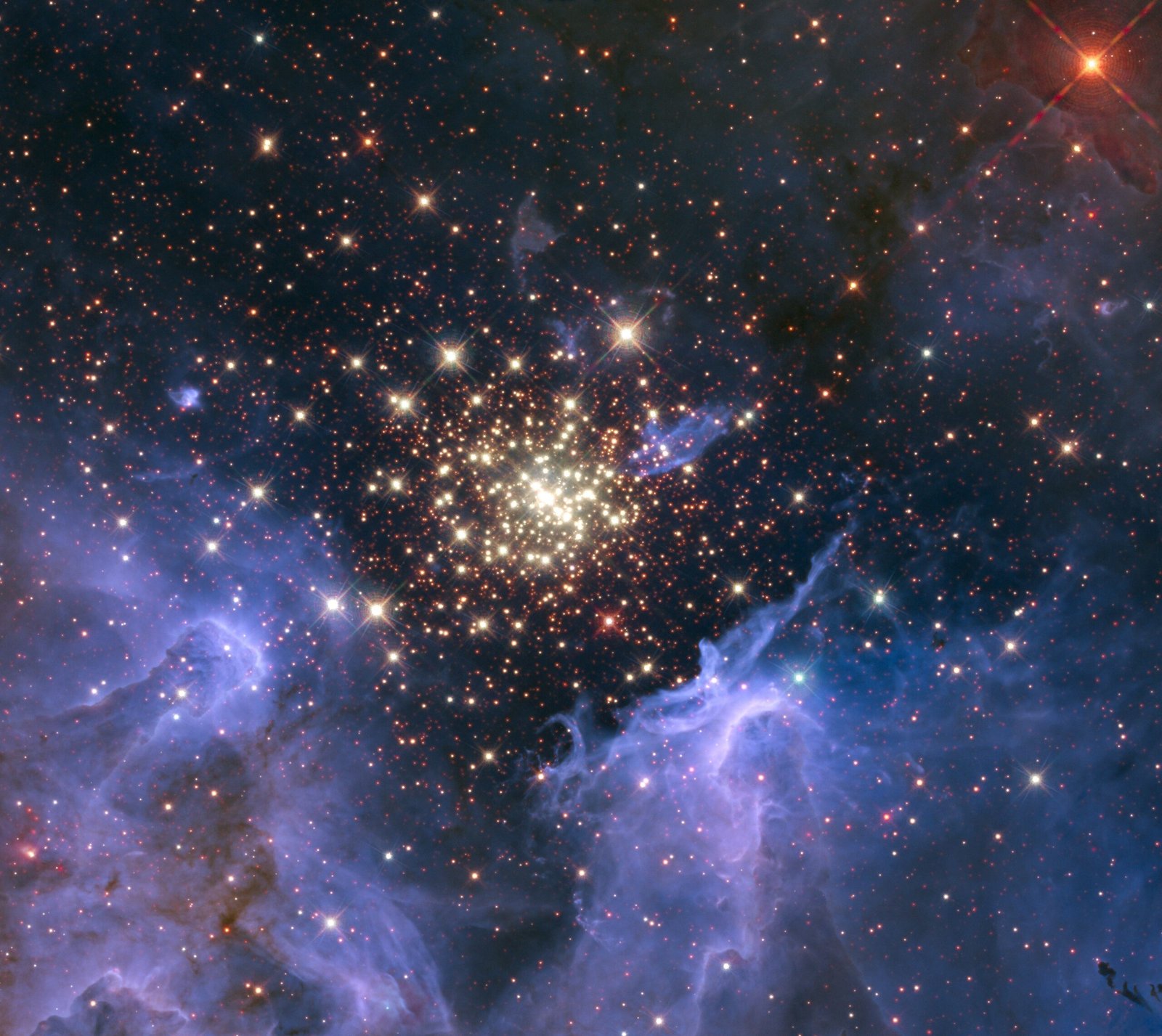
The journey of stardust is a story of endless recycling. After being expelled from dying stars, dust grains drift through interstellar space, sometimes for billions of years, before being swept up into new solar systems. When our solar system was forming, these grains became part of the material that would eventually create planets, moons, and meteorites. Some of that stardust survived all the way to the present, embedded in meteorites and waiting to be discovered. This cycle of destruction and renewal is the engine that drives the evolution of the cosmos. It’s a reminder that nothing is ever truly lost—matter is simply transformed, over and over again.
Unexpected Clues to Early Solar System Chemistry
Stardust grains aren’t just relics of ancient stars—they’re also snapshots of the chemistry that existed before the solar system formed. By analyzing the minerals and isotopes in these grains, scientists can learn about the types of environments that existed in the early galaxy. For instance, the presence of certain organic molecules in stardust suggests that complex chemistry was taking place long before Earth existed. These findings challenge our assumptions about how quickly life’s building blocks can form. The chemistry of ancient stardust helps us understand not only where we came from, but also how common the ingredients for life might be elsewhere in the universe.
The Hunt for Stardust on Earth
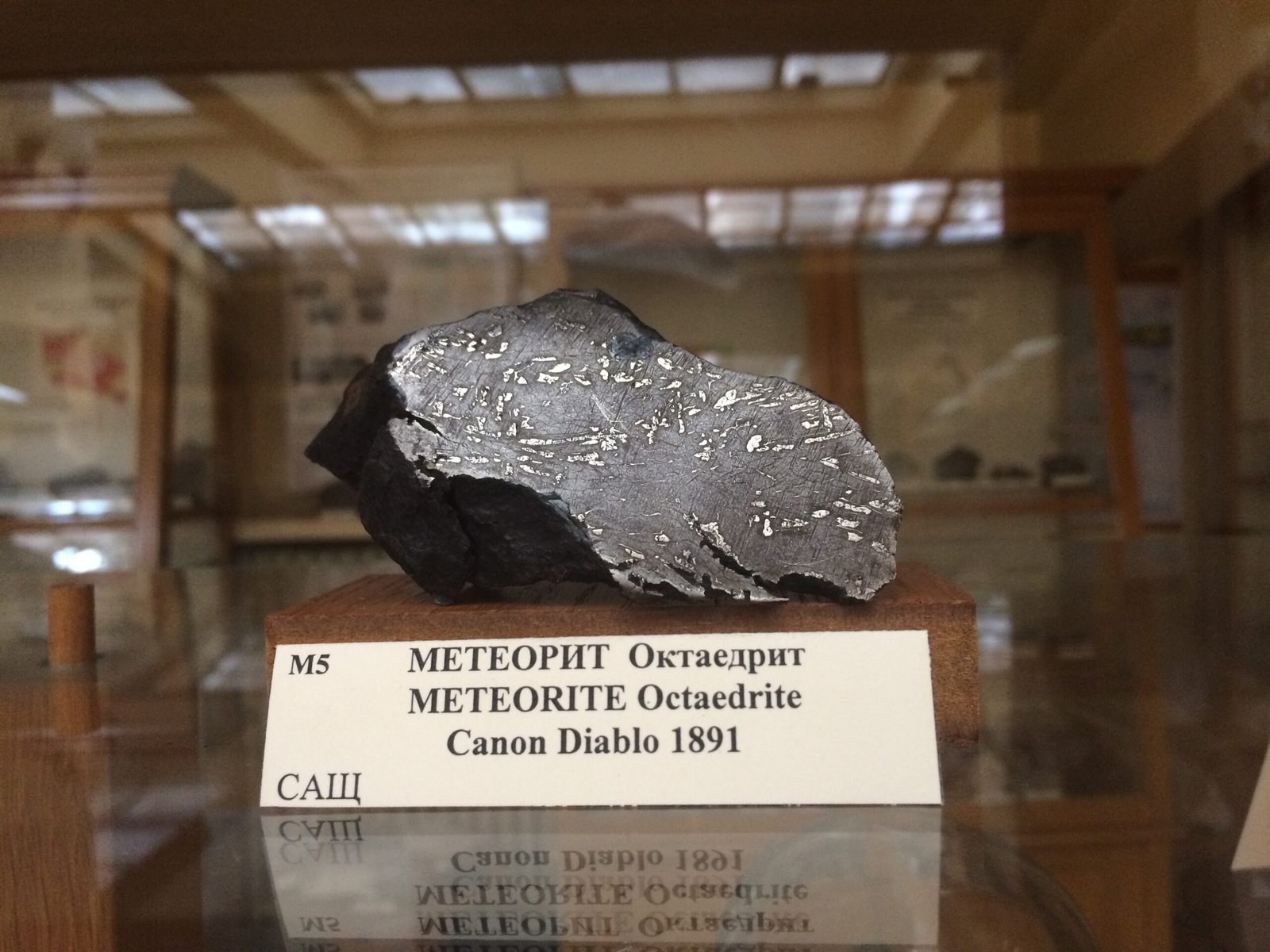
Scientists go to great lengths to find meteorites that contain stardust, trekking to remote deserts or the frozen plains of Antarctica. These places are perfect hunting grounds because meteorites are easy to spot on the barren landscape, and they’re less likely to be contaminated by Earth’s environment. Once a meteorite is found, it undergoes careful analysis in specialized labs. The excitement of finding a new stardust grain is hard to overstate—it’s like winning the cosmic lottery. Every new discovery adds to our understanding of the universe’s history and the incredible journey of matter across space and time.
The Impact on Our Cosmic Perspective
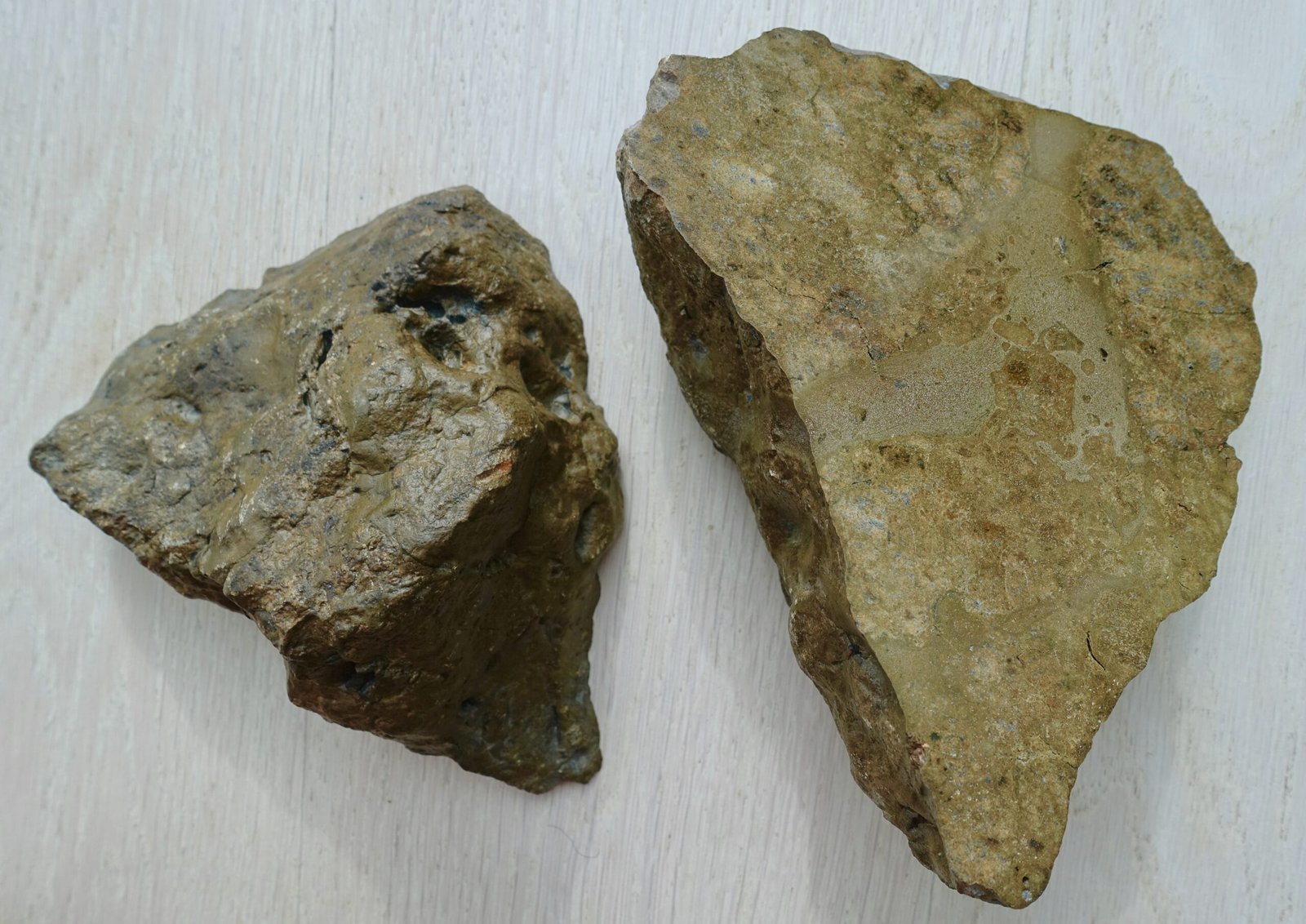
Discovering ancient stardust in meteorites has profoundly changed how we see ourselves in the universe. Instead of being isolated on a small planet, we’re now part of a vast, interconnected web of cosmic history. The atoms that make up our bodies, our homes, and everything we see have traveled across billions of years and countless light-years. This realization can be both humbling and exhilarating. It connects us to the stars in a very real, physical sense. When you look up at the night sky, you’re not just seeing distant suns—you’re seeing the ancestors of the stardust that made you.
Technological Advances Fueling New Discoveries
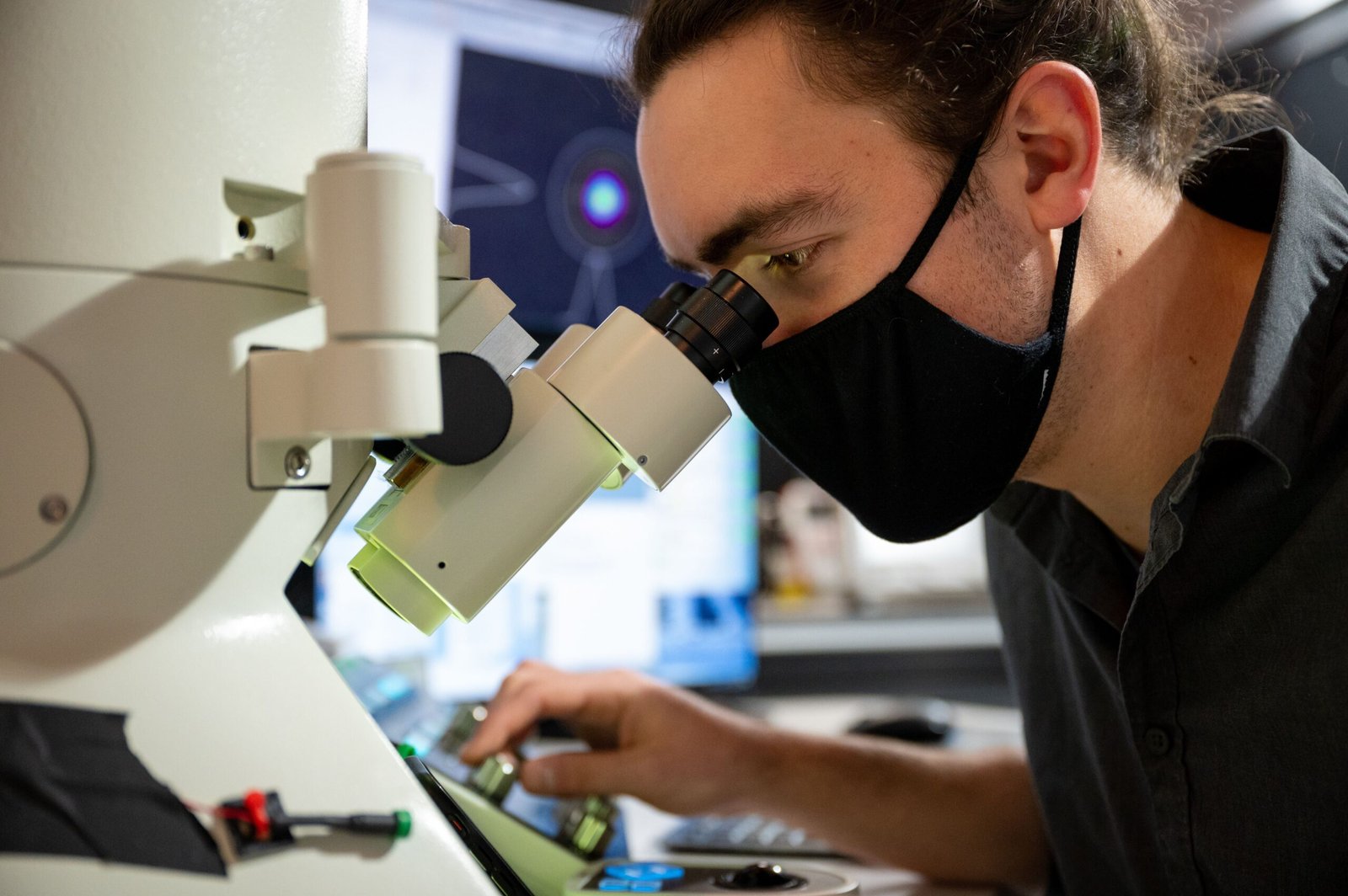
The study of stardust in meteorites has been propelled by leaps in technology. Instruments like the NanoSIMS (nanoscale secondary ion mass spectrometer) allow scientists to analyze grains just a few microns across—thinner than a human hair. These tools can detect tiny differences in isotopic composition, revealing details that were unimaginable just a few decades ago. As technology improves, researchers are able to extract more information from smaller and rarer grains. This constant innovation means that the story of stardust is still being written, with new chapters opening up every year. The future holds the promise of even more dramatic discoveries.
Stardust and the Search for Life
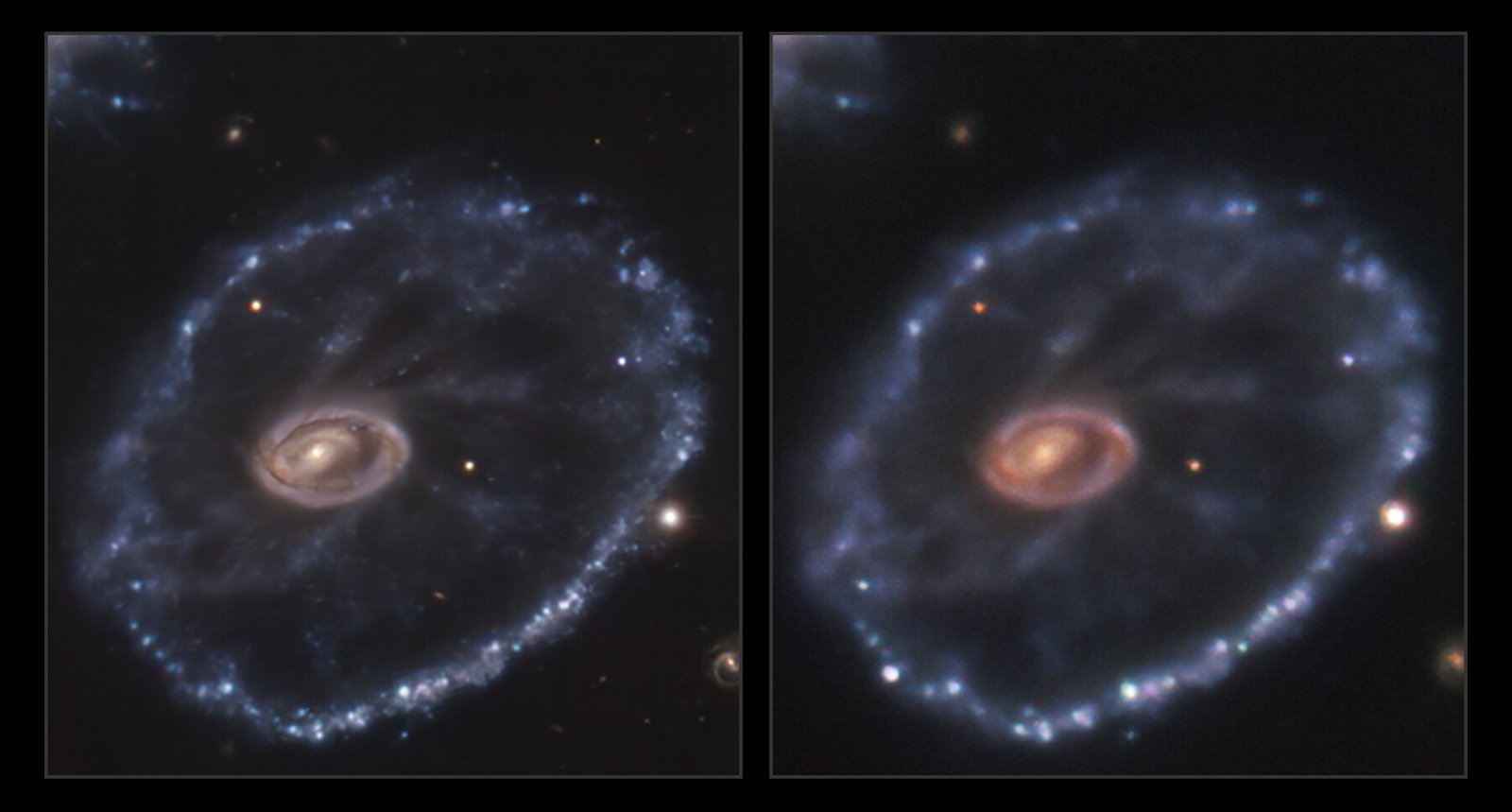
One of the most tantalizing aspects of stardust research is its connection to the origins of life. Some grains contain organic molecules—carbon-based compounds that are the building blocks of life as we know it. The fact that these molecules formed in the harsh environments of dying stars and survived the journey to Earth suggests that life’s ingredients are common throughout the universe. This discovery has profound implications for the search for life on other planets. If complex chemistry can happen in stardust, perhaps life isn’t as rare as we once thought. The story of stardust is also the story of our own potential cosmic neighbors.
Challenges and Mysteries That Remain
Despite all we’ve learned, many mysteries remain. Some stardust grains have isotopic patterns that don’t match any known type of star, hinting at cosmic processes we don’t yet understand. There are questions about how grains survive the violent birth of solar systems, or how they avoid being destroyed in the interstellar medium. Each answer seems to open up even more questions, a reminder that science is an ever-evolving journey. The challenge of studying stardust drives researchers to develop new techniques and models, fueling a sense of adventure and discovery. The universe, it seems, always has another secret waiting to be uncovered.
Personal Reflections: Stardust in Our Lives
It’s hard not to feel a sense of wonder when you realize that the atoms in your body once traveled through ancient stars. The old saying that “we are made of star stuff” isn’t just poetic—it’s scientifically accurate. Every breath you take, every cell in your body, contains atoms forged in stellar furnaces long before Earth existed. This knowledge can change the way you see yourself and your place in the world. It’s a reminder of our deep connection to the cosmos and the shared history we all carry. Stardust isn’t just in meteorites—it’s in us, too.
Looking Forward: The Next Chapter in Stardust Research
As we continue to study stardust in meteorites, we’re bound to uncover even more surprises. Future missions to asteroids and comets, like those planned by NASA and other space agencies, will return new samples for analysis. Advanced telescopes may even spot stardust forming in distant galaxies in real time. Each new discovery pushes the boundaries of our understanding, challenging old assumptions and opening up new possibilities. The journey of stardust is far from over, and the next breakthrough might be just around the corner. The universe is always ready to surprise us—are you ready to be amazed?




